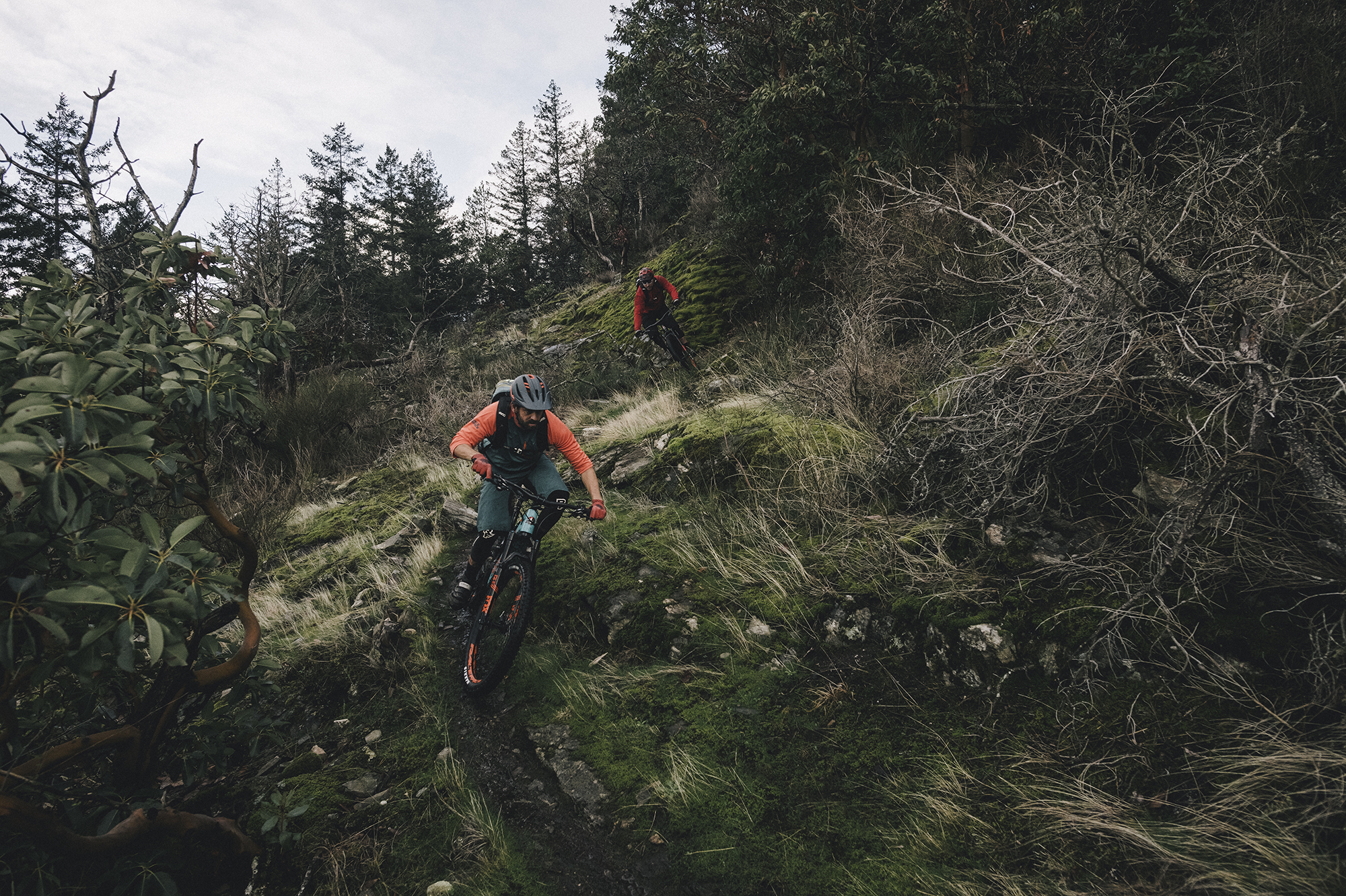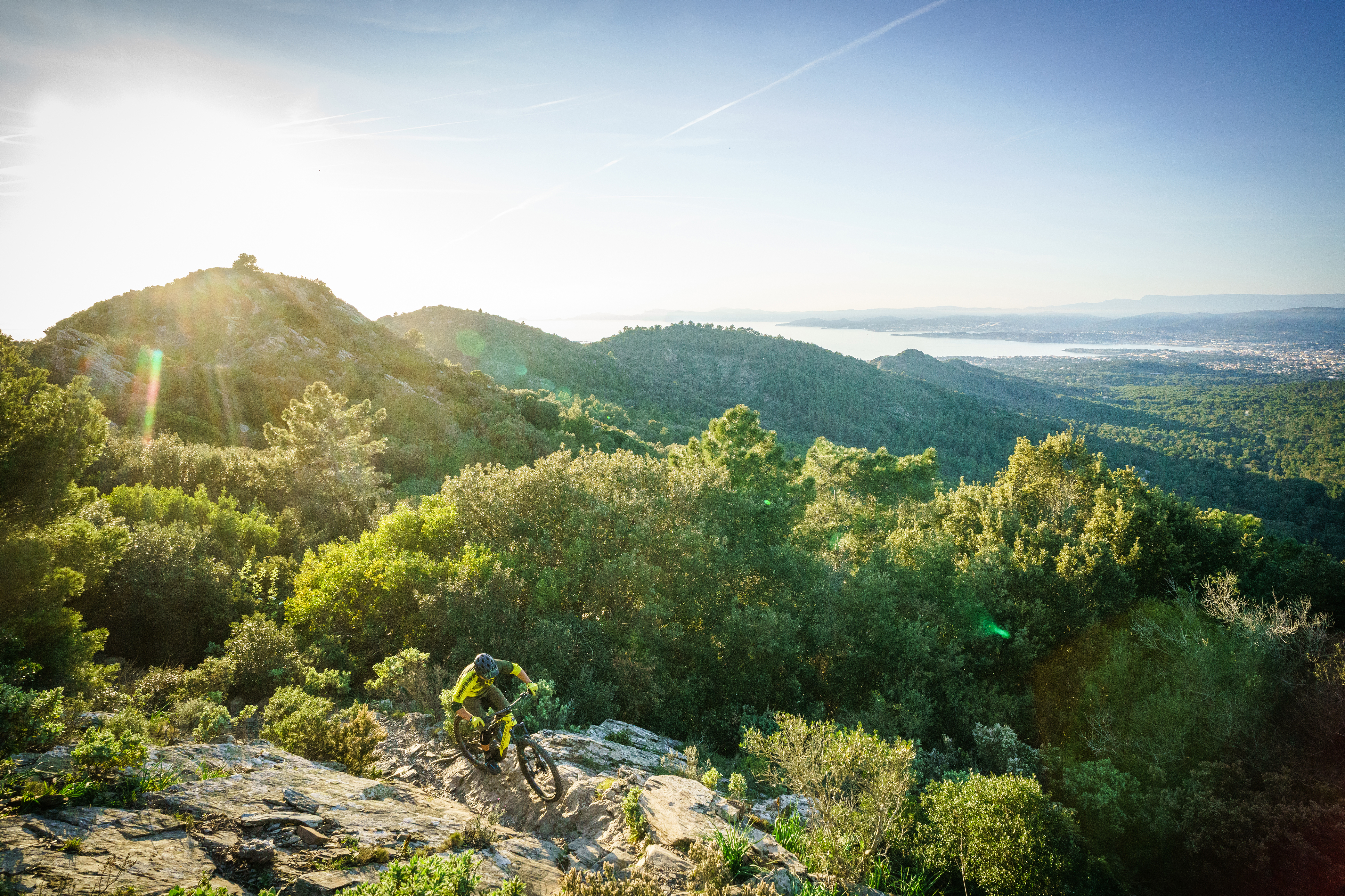

He experiences that with his own son, who’s 12. “We’re able to ride together more often. It’s lowered the barrier for him to go out, because he’s not going to be forced into so much suffering. Not everyone is built to suffer on a bike, and there’s so much emphasis on that in bike culture. There’s something to be said for being outside, enjoying the experience and being able to share that with someone else.”
Additionally, he often finds that the e-bike removes the need for driving to trails from his home in Golden. “I’m more likely to ride from my house to the trail, and not go in my car, because now I can do that and still get my ride in the allotted time.”
In spite of the benefits, electric mountain bikes have not had an easy road in the U.S., even though manufacturers were probably hoping for the quick adoption seen in Europe.
Here in America, there’s no question that eMTBs have posed a new challenge for land owners, which can be seen from the variety of regulations enacted to deal with them. As eMTB sales began to grow, signs popped up quickly on popular trails in Boulder County, Fruita and Moab, banning eMTBs from most or all of the singletrack.
“From the consumer point of view, it’s a shame that land managers struggle to figure out how to deal with e-bikes,” said Morgan Lommele, Director of State and Local Policy at People for Bikes. “They’re not appropriate in all places, but there are plenty of places where they aren’t a problem. There needs to be a middle ground between banning them everywhere and allowing them everywhere. It’s just a long game.”

Marty is an experienced journalist and veteran of the mountain biking industry. She co-founded Smart Cycling Service in 2017, and manages consumer-facing events for a broad variety of manufacturers.
